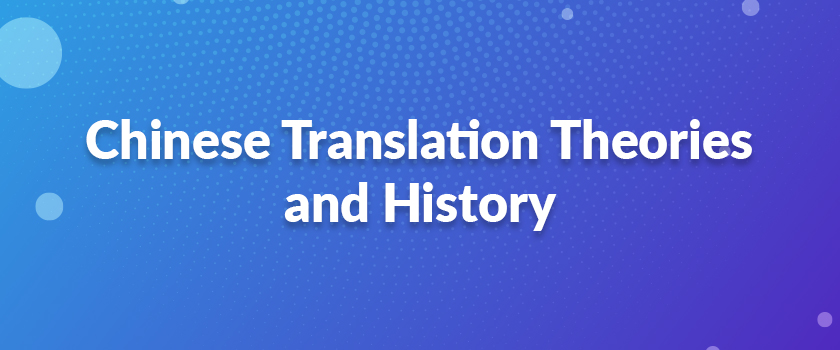For us modern translators, the Chinese translatology means to us Yan Fu’s theory of fidelity, clarity and elegance, Fu Lei’s spiritual resemblance, and rich practices by sinologists Yang Xianyi, Ji Xianlin, and so forth. You might have read translated works by Yang Xianyi, like English version of Dream of the Red Chamber.
However, how the above translation theories rooted in the long long history? Is there as many divisions or unknown theories existed in translatology before as in other disciplines? Here, a simple introduction of Chinese translation theories is provided for reference.
Translation born at Zhou Dynasty in China on contact with vassal states, then evolved through translation of Buddhist scripture into Chinese. In Han Dynasty, the exact job title for translators emerged, for example, “tongue person” and”return tongue”, etc.
The earliest translation theory might be the phrase “names should follow their bearers, while things should follow China.” Put it in another way, names should be metaphrased and matters should be translated by meaning. Around the third century AD, there is an anecdote between Zhi Qian and Zhu Jiangyan on Buddhist scripture translation.
When a number of monks marched to Wuchang, Zhu Jiangyan was asked to translate a passage from scripture in an occasion; he did it quite rough and plainly. Zhi Qian said his translation lack elegance. Surely, there would be some monks thinking scripture translation should be easy to understand and in a simply way.
As in a traditional maxim by Laozi, “beautiful words are untrue, true words are not beautiful(信言不美,美言不信)”. We can see the point of this great ancient physician and thinker. The following ancient theories established are Dao An’s Five Forms of Loss, Kumarajiva’s translating for meaning, Huiyuan’s theory that translation is middling, in a positive sense, Sengrui’s name translation, Sengyou who saw good translation as the middle way between elegance and plainness(like Huiyuan’s theory), and Xuanzang’s five instances where one should transliterate.
Then we came to contemporary times with Yan Fu’s theory of fidelity, clarity and elegance(信、达、雅), which is also the generally accepted three difficulties for translators in the field. He thought fidelity was difficult to begin with, only after achieved fidelity and clarity, should elegance be attended.
Read Also: Some Fixed Patterns in Chinese
Another master Liang Qichao also emphasized the order of these three qualities. The theory from Lin Yutang put his theory in another way, as to the original, to the reader and to the art, while Lu Xun chose to be faithful than smooth. Zhou Zuoren assigned weightings on the three qualities, 50 percent on fidelity, 30 percent on clarity and 20 on elegance.
Another two masters to be mentioned here will be Fu Lei and Qian Zhongshu. Both are greats in literature. The former compared translation to be painting, omitting form and focusing on spiritual resemblance. To Qian Zhongshu, the highest standard is transformation(化境), which means form or body should be threw off while appearance, manner and spirit follow the original.
Take a look at how we helped our client by localizing their project for Chinese language. Click here to read the complete case study



